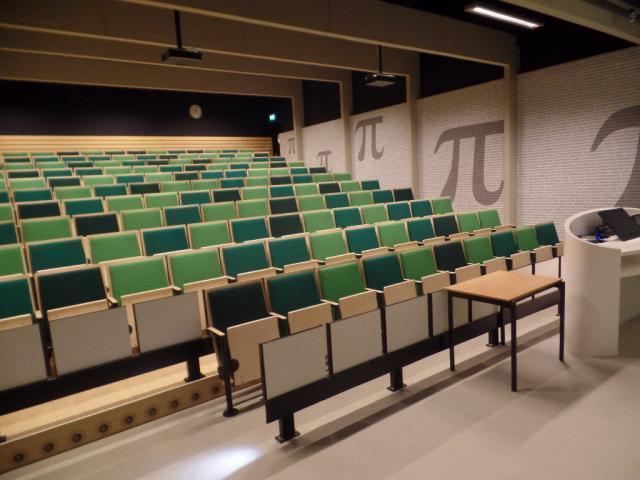Lunch Lecture
Overcoming Moore’s Law by Non-Von Neumann computer architecture

About the event
Overcoming Moore’s Law by Non-Von Neumann computer architecture
Moore’s Law predicted that the number of transistors that could fit on a microchip would double every year. Later on he adjusted the law, and stated that the amount of transistors would double roughly every two years. For more than half a century, Moore’s Law held true with stunning precision. And with the increase in transistors came an increase in computer speed and processing power.
However, Moore’s Law has run up against a more formidable law: the law of physics. Transistors on a central processing unit (CPU) have become so small they are now just a few atoms in size. Shrinking transistors any further will become awfully complex and very expensive.
More than Moore
Georgi Gaydadjiev, professor in Computer Architecture, will demonstrate in this lecture that novel non-von Neumann architectures could solve this bottleneck in improving processor speeds. In computers with the classic Von Neumann architecture, the processor and working memory are separate entities, and the data and programme are loaded into the latter. Georgi will explain how using non-Von Neumann embedded systems -computers with the memory and processor all rolled into one- and minimizing data movements at all system levels is a key to overcoming Moore’s Law.
Chips Month
It is Chips Month at TU Delft. We have created a video campaign to show off the amazing research that we do in the field of chips. Join us as we discover how chips are opening up new worlds, from ocean depths to space. And not only that, but they are also revolutionizing many aspects of our healthcare. “The body is amazingly electric”, says researcher Wouter Serdijn, and chips help us tap into that hidden and electrical world.
Microelectronics at TU Delft
Video 'New Frontiers': Microelectronics exploring earth's extremes and beyond
Video 'Up Close And Personal': Dive into the revolutionary intersection of technology and biology to enhance health and quality of life
Video 'Connected World': Discover how microelectronics is bridging connections worldwide while tackling the energy transition
Speaker
Programme

Location
Lunch Lecture Overcoming Moore’s Law by Non-Von Neumann computer architecture
 Registration website for Lunch Lecture Overcoming Moore’s Law by Non-Von Neumann computer architecture
Registration website for Lunch Lecture Overcoming Moore’s Law by Non-Von Neumann computer architectureLunch Lecture Overcoming Moore’s Law by Non-Von Neumann computer architecturej.j.c.denbesten-vanravenswaaij@tudelft.nl
Lunch Lecture Overcoming Moore’s Law by Non-Von Neumann computer architecturej.j.c.denbesten-vanravenswaaij@tudelft.nlhttps://www.aanmelder.nl/154484
2024-04-25
2024-04-25
OfflineEventAttendanceMode
EventScheduled
Lunch Lecture Overcoming Moore’s Law by Non-Von Neumann computer architectureLunch Lecture Overcoming Moore’s Law by Non-Von Neumann computer architecture0.00EUROnlineOnly2019-01-01T00:00:00Z
To be announcedTo be announced